Electrical Wiring is technically learned from practical mean. In this practical assessment, learners are adviced to explain the following electrical circuits, by pointing the circuit connection from electrical parameters to mechanical contribution.

Simple switch for a bulp

Switching technique for staircase

Switching technique for staircase

Fluorescent light

3 pin plug

AC cord

Radial circuit
Ring circuit
Ring circuit
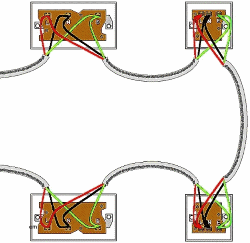
Single Phase Motor
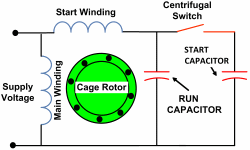
Rotor setup
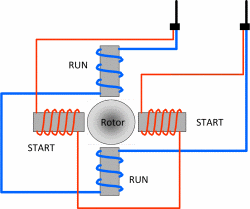
Vector Diagram

Ceiling fan

Capacitor regulator

Inductor regulator

Table fan
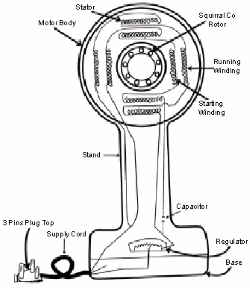
Rice cooker

Washing machine
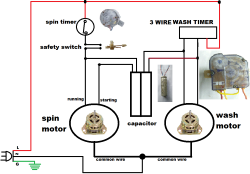

Miniature Circuit Breaker (MCB) is an automatically operated electrical switch designed to protect an electrical circuit from damage caused by excess current from an overload or short circuit. Its basic function is to interrupt current flow after a fault is detected. Unlike a fuse, which operates once and then must be replaced, a circuit breaker can be reset (either manually or automatically) to resume normal operation. Circuit breakers are made in varying sizes, from small devices that protect low-current circuits or individual household appliance, up to large switchgear designed to protect high voltage circuits feeding an entire city. The generic function of a circuit breaker, RCD or a fuse, as an automatic means of removing power from a faulty system is often abbreviated as OCPD (Over Current Protection Device).
Molded Case Circuit Breakers (MCCB) work on the same principles of thermal-magnetic protection, but they offer some additional features that are not available with MCBs: MCCBs have adjustable trip settings, so they are suitable when the rated current of a circuit breaker must be fine-tuned according to the actual site conditions. MCCBs have a much wider range of current ratings: they can be found from ratings below 100 Amps to ratings above 2500 Amps.


Residual Current Device / Residual Current Circuit Breaker (RCD / RCCB), is a device that instantly breaks an electric circuit to prevent serious harm from an ongoing electric shock. Injury may still occur in some cases, for example if a human falls after receiving a shock.
Earth Leakage Circuit Breaker (ELCB) is a safety device used in electrical installations with high Earth impedance to prevent shock. It detects small stray voltages on the metal enclosures of electrical equipment, and interrupts the circuit if a dangerous voltage is detected.


Air Circuit Breaker (ACB) is rather different from other types of circuit breaker. The main aim of circuit breaker is to prevent reestablishment of arcing after current zero where the contact gap will withstand the system recovery voltage. It does it same work, but in a different manner. During interruption of arc, it creates an arc voltage instead of supply voltage. Arc voltage is defined as the minimum voltage required for maintaining arc .The circuit breaker increases the voltage in three different ways: Arc voltage can be increased by cooling arc plasma. As soon as the temperature of arc plasma motion of particle in arc plasma is reduced, more voltage gradient will be required to maintain the arc. By splitting the arc into a number of series will increases the arc voltage. Arc voltage can be increased by lengthening the arc path. As soon length of arc path is increased the resistance path will increase more arc voltage is applied across the arc path hence arc voltage is increased.
Vacuum Circuit Breaker (VCB) is a kind of circuit breaker where the arc quenching takes place in vacuum medium. The operation of switching on and closing of current carrying contacts and interrelated arc interruption takes place in a vacuum chamber in the breaker which is called vacuum interrupter. Vacuum Circuit Breaker.
